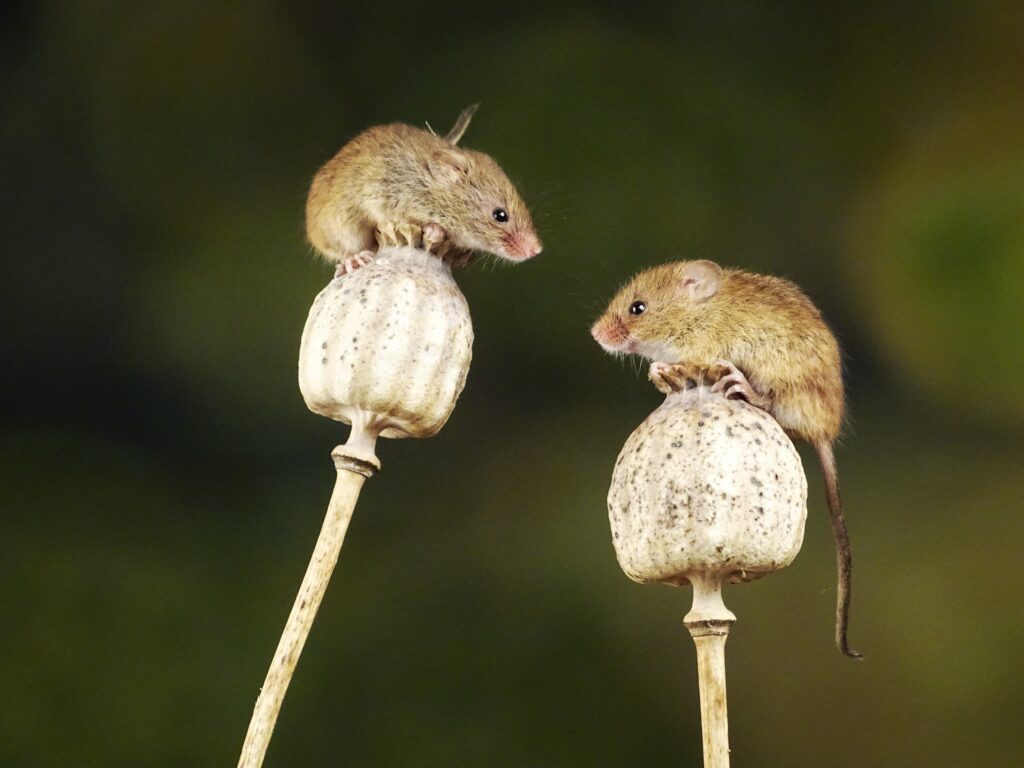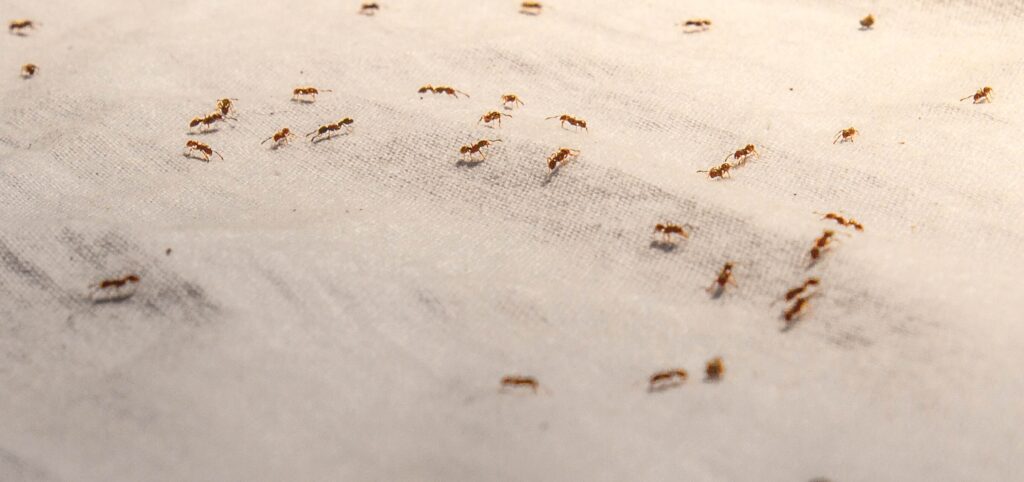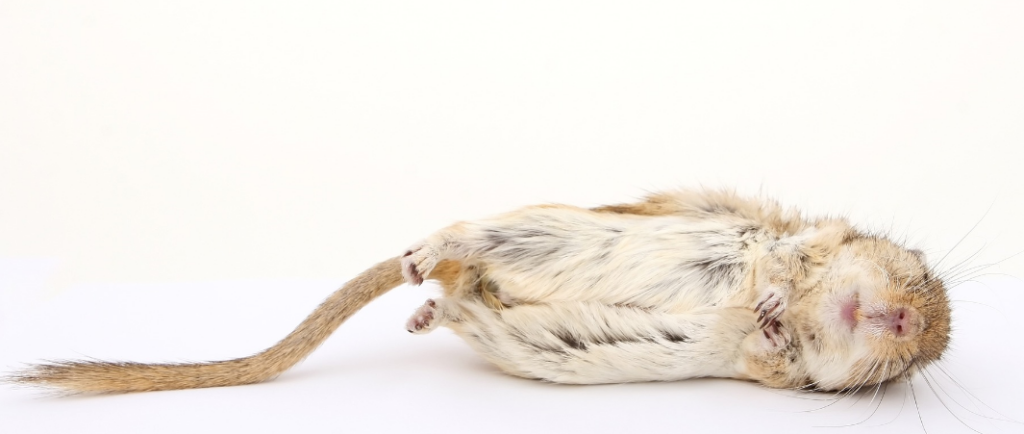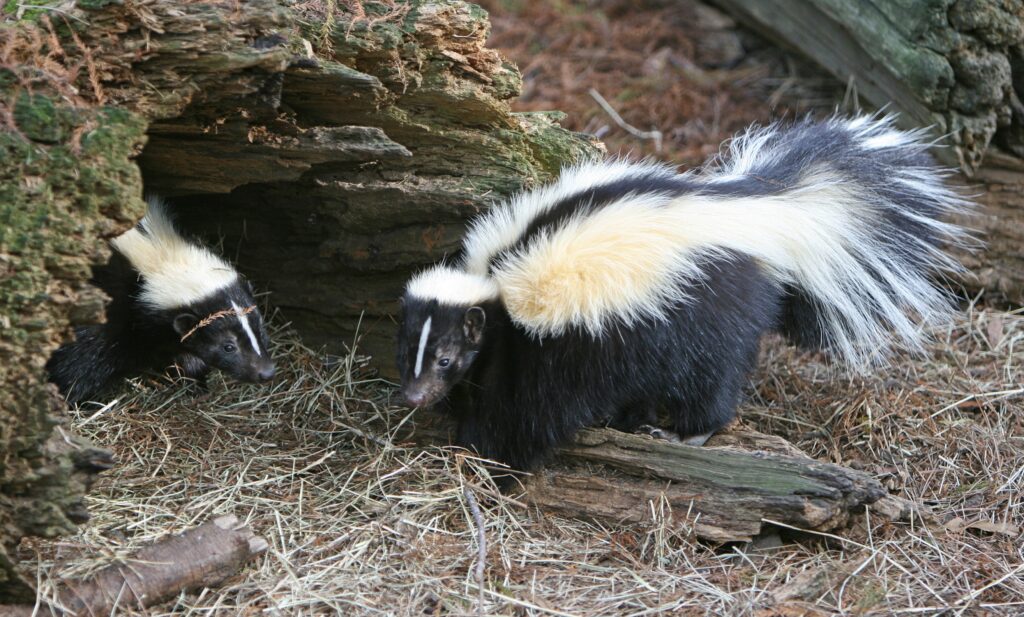
Cotton rats are farming pests that are not usually structural pests, but they can invade buildings, especially if they find food. The cotton rat is a host for hantavirus pulmonary syndrome (HPS), the plague and murine typhus. These disease can become airborne when rat droppings are disturbed and people who inhale the airborne virus can become infected. Cotton rat infestations grow quickly due to the pests’ inexhaustible rate of reproduction and begin breeding two or three months after being born. Females can produce as many as six young per litter and nine litters per year. The young mature in about a month. To discourage cotton rats, keep grass and weeds near all buildings mowed as short as possible.
gogreenpestcontrol.ca insectandrodentexterminators.com Delta Ladner Tsawwassen B.C., Randy Bilesky BsF CPA RPF
https://www.linkedin.com/pulse/cotton-rats-randy-bilesky/?published=t








